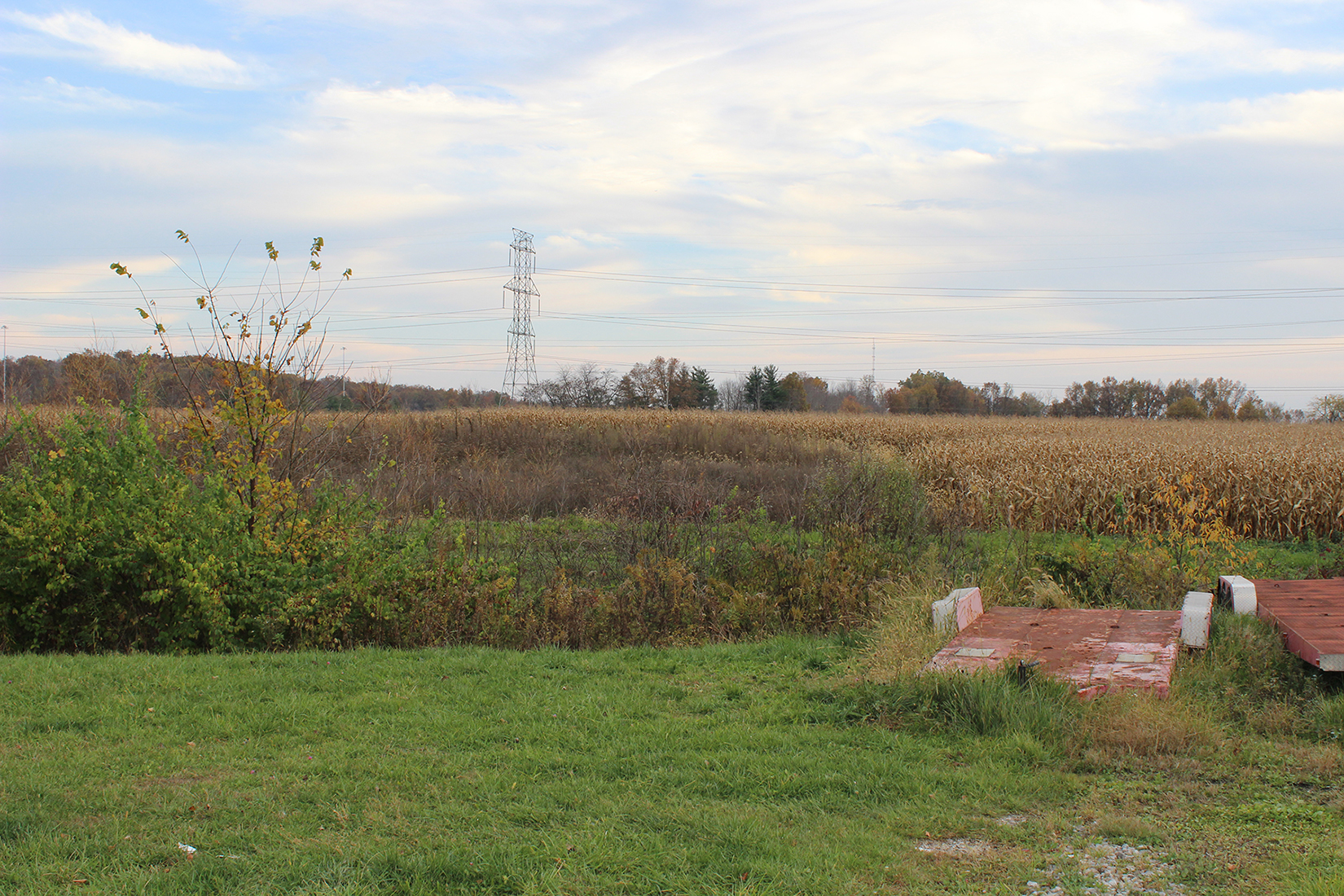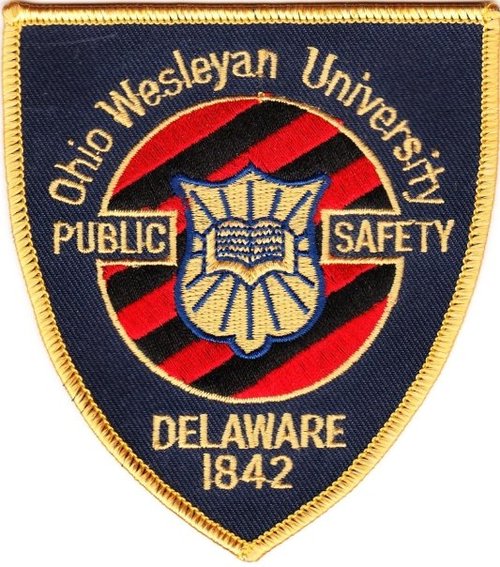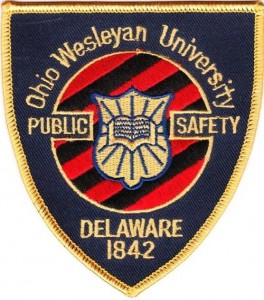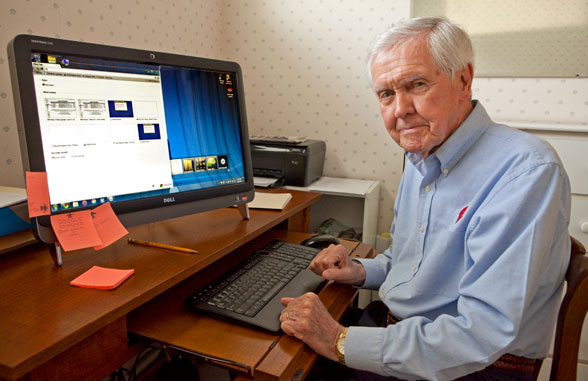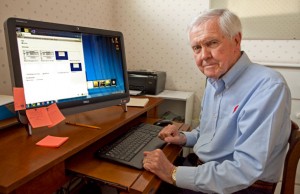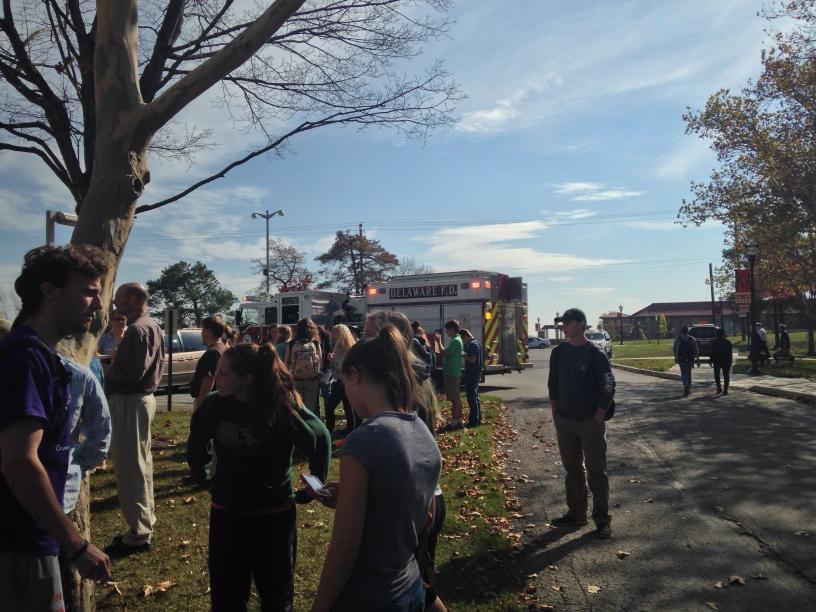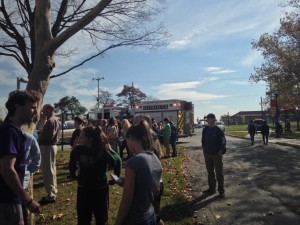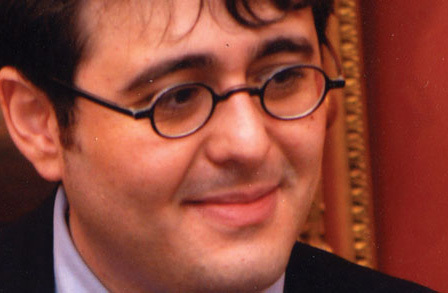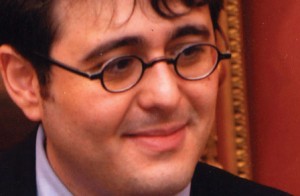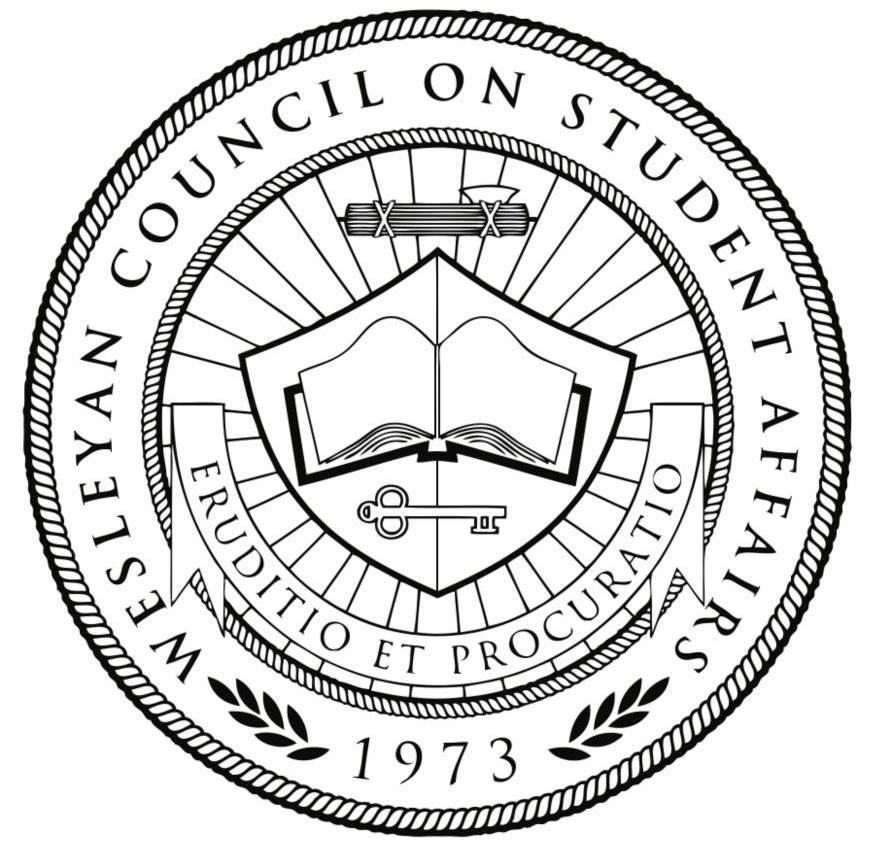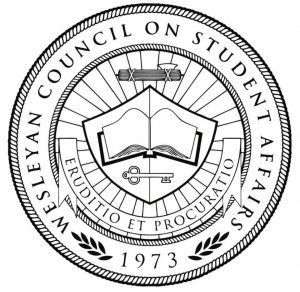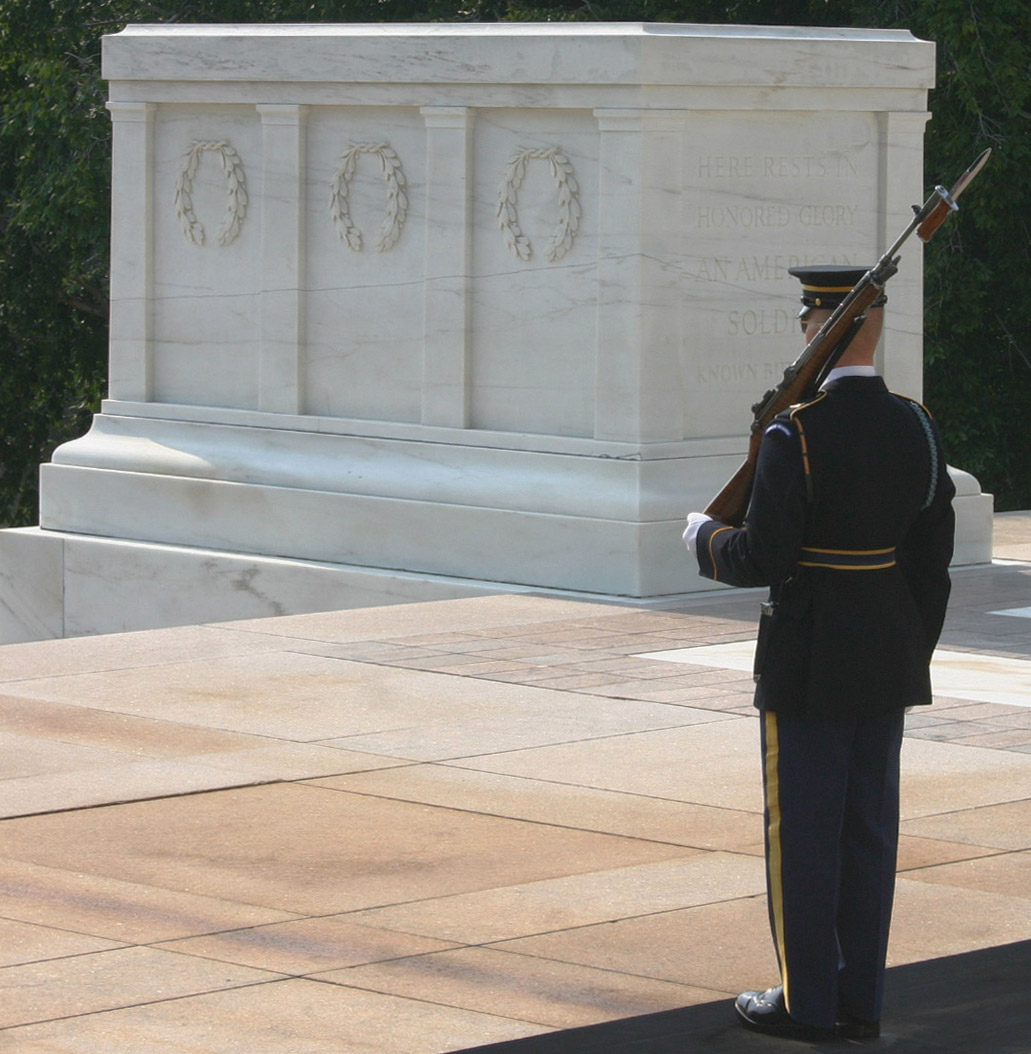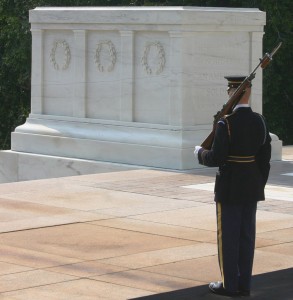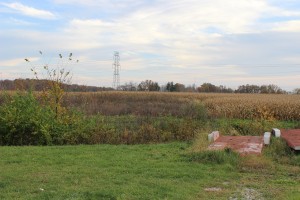
Delaware County is getting a new outlet mall, but the impact it will have for the city and Ohio Wesleyan University community seems underwhelming.
Jointly controlled by Tanger Outlets and Simon Property Group, the new mall is tentatively set to open beginning in 2016. The Simon-Tanger outlet mall will be placed on the east side of the interchange between Rts. 36/37 and I-71. The addition of this outlet mall would be halfway between the existing ones located in Lodi, Ohio, and Jeffersonville, Ohio. All the required zoning proposals for construction and implementation have been approved, but what does this mean for the county, the city, and the OWU community?
Once construction is complete, the outlet mall will be a new and increased means of tax revenue for Delaware County and its residents.
“Broadly I think what it’s doing is helping make Delaware County a destination location for shopping,” said Delaware County auditor George Kaitsa. “We collect sales tax so that would be additional revenue to the county and the outlet mall brings a different product line to the area.”
Kaitsa emphasized how the outlet mall is a welcome addition that would not hamper business from either Polaris Fashion Place or the city of Delaware.
According to the Economic Development Director for Delaware City Sean Hughes, the outlet mall has potential to increase economic awareness and profit to the city.
“A lot of people get scared when you have a mall come to your community because they think that’s going to draw potential customers away from my business,” said Hughes. “With this situation, because it is an outlet mall, I foresee that it will do the opposite. It will bring attention to our community as those customers are coming for a very specific purpose: to shop. While they’re here, it is our responsibility to market ourselves as a place where they can continue their shopping experience and have a great entertainment experience in addition.”
The challenge that Hughes admitted to is getting those coming from the south in Columbus or from east of the location to bring them the extra miles over to downtown. “One way or the other, they’re going to be coming through the area spending money,” Hughes said, “You are going to be bringing people with disposable income to the area period and the outlet mall folks project that 9% of the traffic that goes to the mall will be coming through the city.”
Hughes also noted that the city would not be receiving much of the tax revenue profit associated with this profit. To understand this, consider that the city derives its revenue from income tax while the county derives its revenue through sales tax. “Will any of that money trickle down in terms of programming for us for the city? Probably not,” Hughes noted. These funds are mainly directed towards developing infrastructure usually around the district associated with the tax according to him.
For OWU students though, the impact of the outlet mall seems minimal. Professor of Economics Bob Gitter noted that the mall would create a lot of jobs and increase revenue, however there still would not be much of an impact.
“I don’t think it’s going to effect students in terms of job opportunities. I don’t think that students are going to be looking for something in retail at that level. Since we’re not a public university, it’s not that we’re going to get tax dollars out of it. I just don’t see it having that much of an impact in terms of finances, in terms of jobs, and in terms of revenue for Ohio Wesleyan.”
